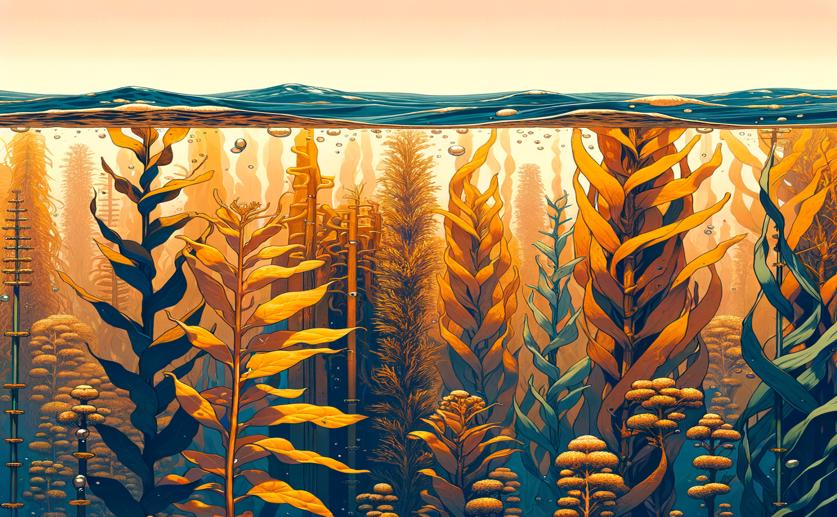
How Heatwaves Push Different Kelps to Their Limits
Jim Crocker
11th March, 2024

Image Source: Natural Science News, 2024
Key Findings
- In the southwest UK, kelp species suffer more under longer and hotter marine heatwaves
- Extreme heatwaves cause kelp to grow poorly, perform less photosynthesis, and bleach
- Surprisingly, kelp expanding its range is also highly vulnerable to prolonged heat
References
Main Study
1) Marine heatwave duration and intensity interact to reduce physiological tipping points of kelp species with contrasting thermal affinities.
Published 8th March, 2024
https://doi.org/10.1093/aob/mcad172
Related Studies
2) Global seaweed productivity.
3) Marine heatwaves and decreased light availability interact to erode the ecophysiological performance of habitat-forming kelp species.
4) Biological Impacts of Marine Heatwaves.



 28th February, 2024 | Greg Howard
28th February, 2024 | Greg Howard